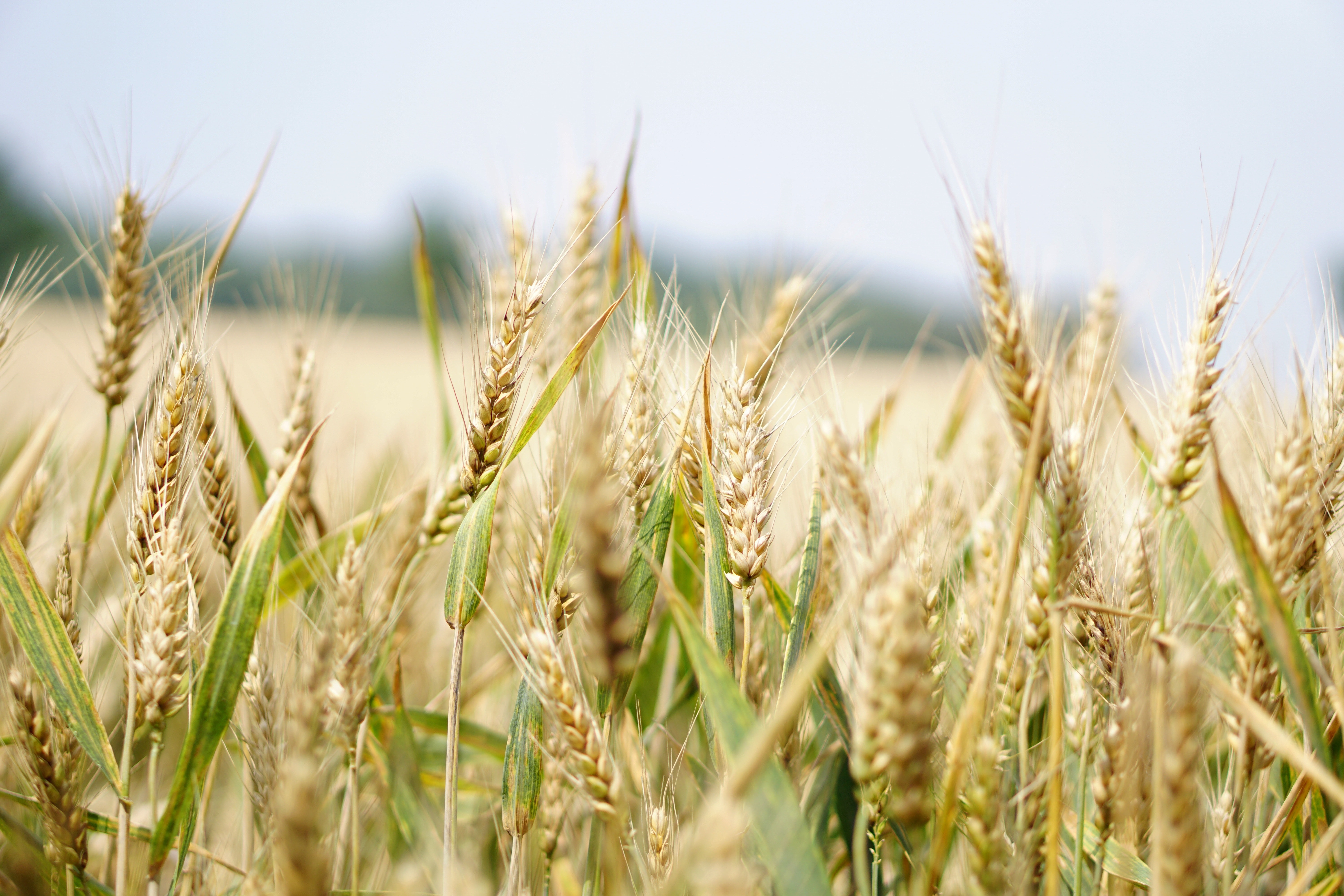Rice crisis | global | ukraine conflict | Unfavorable weather conditions

The quantity of rice produced and consumed each year is astounding as over 165 million hectares worldwide — 11 folds the size of Nepal — are dedicated to rice farming, says the World rice acreage from 2010 to 2021 statistics.
Nevertheless, the global rice market is anticipated to have its worst deficit in 2023. According to estimates, the global shortage of rice would total 8.7 million metric tonnes, making it the worst crisis since 2004, when the deficit hit 18.6 million tonnes.
Population growth has led to an increase in rice consumption, which is predicted to increase by 1.1% annually between now and 2031. By 2050, population growth is projected to drive a 30% increase in rice demand.
Rice cultivation requires a variety of resources, including land, water, and labour, all of which are becoming scarcer. In addition, intense heat and frequent flash flooding brought on by climate change have caused rice production to decline globally.
The World Economic Forum’s Global Risks Report 2023 listed the global food supply crisis as the fourth most severe risk for 2023.
More than 3.5 billion people throughout the world — from China to the U.S. to the European Union — are being affected by the drop in rice output. The Asia-Pacific region alone accounts for 90 % of the world’s rice consumption.
Given that rice is the most commonly consumed staple in many Asian countries, it is a significant factor in determining food price inflation and household food security, especially for lower-income households.
This global outage is credited mainly to the prolonged conflict in Ukraine and unfavorable weather in countries that mass produce rice, such as China and Pakistan.
Massive areas of cropland in China, the world’s top rice producer, were ravaged by flooding and high summer monsoon rains in the second half of last year.
In a similar vein, the U.S. Department of Agriculture (USDA) reported that Pakistan, which accounts for 7.6% of the world’s rice trade, had its yearly production fall 31% year-on-year as a result of severe floods last year, calling the damage “even worse than initially expected.”
Rice became a more appealing choice after the increase in the price of other main grains since Russia's invasion of Ukraine. The resultant replacement of rice led to increased demand.
According to Fitch Solutions, the global rice market will recover to a roughly balanced position in the latter half of 2023 and 2024, and a surplus is anticipated to occur in 2024 and 2025. However, rice production still remains at the mercy of weather conditions.
“If the first green revolution in the 1960s was focused on addressing famine and hunger, the second one should have a more system-based approach for the global agrifood system.” says the scientists at IRRI (International Rice Research Institute).
Read More Stories
Kathmandu’s decay: From glorious past to ominous future
Kathmandu: The legend and the legacy Legend about Kathmandus evolution holds that the...
Kathmandu - A crumbling valley!
Valleys and cities should be young, vibrant, inspiring and full of hopes with...
Nepal’s high-altitude farms are thirsty. Could ice stupas help?
As snowlines rise and mountain springs run dry, Nepals high-altitude communities are facing...